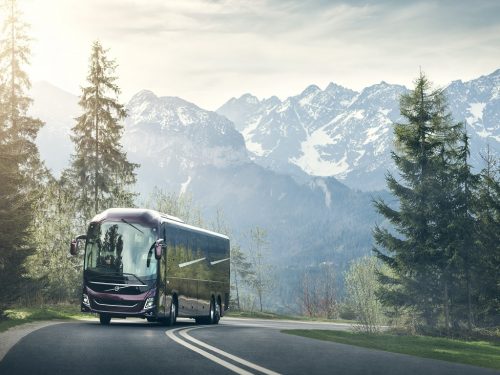
After a launch following seven years of development, Jonathan Taylor tests Volvo’s new 9900 premium coach
It is many years since I last travelled (as a teenager) to Gothenburg. But here I am, in Volvo’s home city, wondering what has changed in the succeeding decades. With CBW’s editorial department temporarily a bit short of staff over the May bank holiday weekend, it seemed right that I should pick up the Volvo vehicle-launch baton and make the trip. The development of a new range of premium coaches is an important event, and this range has been seven years in the making.
The launch event at the Volvo Truck Experience site just outside Gothenburg started with an introductory speech by Håkan Agnevall, President of Volvo Buses, emphasising Volvo’s guiding principles and the effort that has gone in to the making of these important new vehicles. […]
By subscribing you will benefit from:
- Operator & Supplier Profiles
- Face-to-Face Interviews
- Lastest News
- Test Drives and Reviews
- Legal Updates
- Route Focus
- Industry Insider Opinions
- Passenger Perspective
- Vehicle Launches
- and much more!


